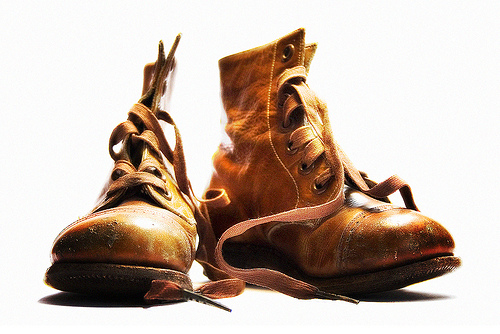 Part of why it is hard for business to really embrace deep-green environmental practice is that making profit has always been associated with high material and energy throughput.
Part of why it is hard for business to really embrace deep-green environmental practice is that making profit has always been associated with high material and energy throughput.
If they make products that are meant to last, they sell less, and their profits go down. Reduced material throughput, for them, means reduced income–even if it means saving the planet.
Here’s another thing.
Part of how companies create value for their products is through story. Lots of times that story is about status. You’ll be cooler and have more friends if you buy this. They wait a while and then trump that with a story about how that now old product is no longer cool, so you should buy the next.
What I mean here is that the material throughput that so many companies think they require is partly produced by the manipulation of story–throw the old thing out, buy the next thing, people will like you better.
But what if companies could manipulate story in such a way that it produced long-term customer loyalty and a repair- and service-based profit paradigm that did not require material and energy throughput. What if they used to story to make you want to keep hold of their product and, instead of throwing it out, pay to get it repaired?
Let’s imagine, for example, a pair of shoes that was made to last 20 years.
Suppose, as a pair of shoes is manufactured, every worker throws a card in the shoe with their name, their picture, a short biography and a url to a webcam of their work station so you could watch them and a chat address so you could talk to them.
All of a sudden, your shoes are not some anonymous item that came from nowhere and will go to nowhere, but a wonderful piece of craft made by Steve, who has three kids, and Joan, who is working her way through college. The story you get is not one of status but one of connection.
Suddenly, you become part of the web of life. You bought the shoes, Joan gets to go to class. You don’t want to throw the shoes away, and besides, when the soles where out, you get to send them back to Steve for fixing. You even enjoy paying to have them fixed because Steve tells you how much he loves his job.
I’m sure it’s not the most practical idea, but you get my drift right? In this scenario, the company makes a profit not through material throughput but by developing a long-term relationship with customers.
These are the ways business needs to start thinking. Disposable products are a thing of the past.